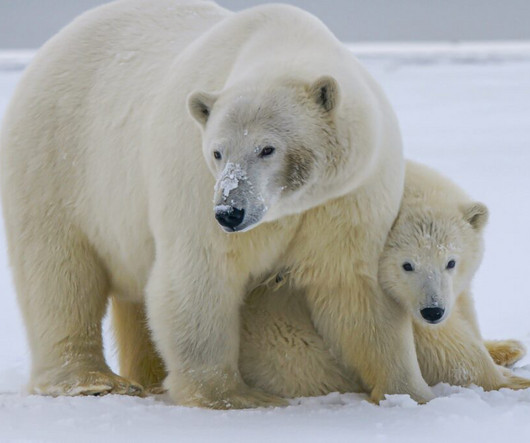May 2020 Updates to the Climate Case Charts
Columbia Climate Law
MAY 8, 2020
EPA of a 2015 rule barring replacement of ozone-depleting substances with hydrofluorocarbons (HFCs), which are powerful greenhouse gases. Circuit vacated the 2015 rule to the extent that it prohibited continued use of HFCs by companies that previously switched to HFCs from an ozone-depleting substance. In Mexichem , the D.C.














Let's personalize your content